Audio Answers:
What’s the Difference Between Dynamic and Condenser Microphones?
Question: “I’m looking for a new microphone, and I keep hearing condenser microphones are ‘better.’ But, what’s even the difference between dynamic and condenser microphones?”
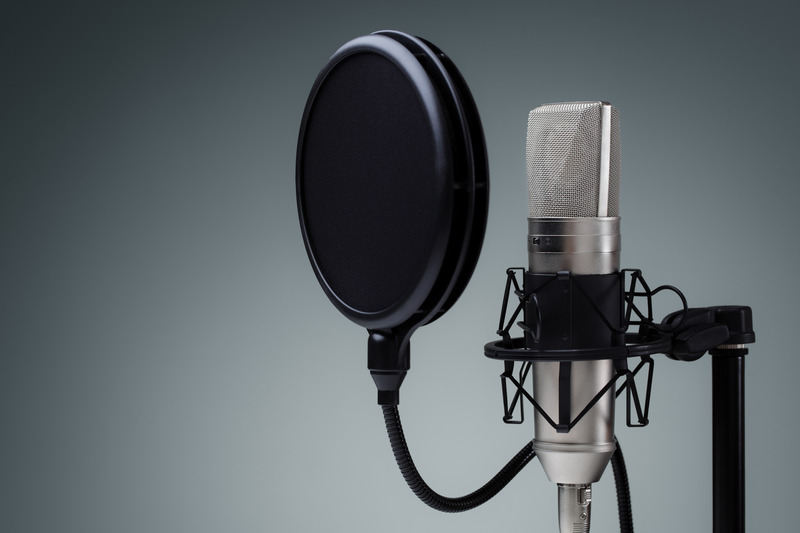
The Two Most Popular Types of Microphones
When setting up a recording studio or live sound system, one of the most important choices you’ll make is picking the right microphones. While there are many types of microphones out there, the two most common are dynamic and condenser mics. Knowing the differences between these two types of microphones is key to getting the best sound possible in any situation. In this article, we’ll take a close look at how dynamic and condenser mics work, their features, and when to use them, so you can make smart decisions when choosing mics for your projects.
How Dynamic Microphones Work
Dynamic microphones work using a simple moving coil design. A thin diaphragm is attached to a coil of wire, which sits inside a magnetic field made by a permanent magnet. When sound waves hit the diaphragm, it moves, causing the coil to move inside the magnetic field. This creates an electrical current in the coil. One of the main benefits of dynamic mics is that they’re tough and can handle rough use. Their simple design makes them hard to damage and allows them to handle very loud sounds without distorting, which makes them great for live performances.
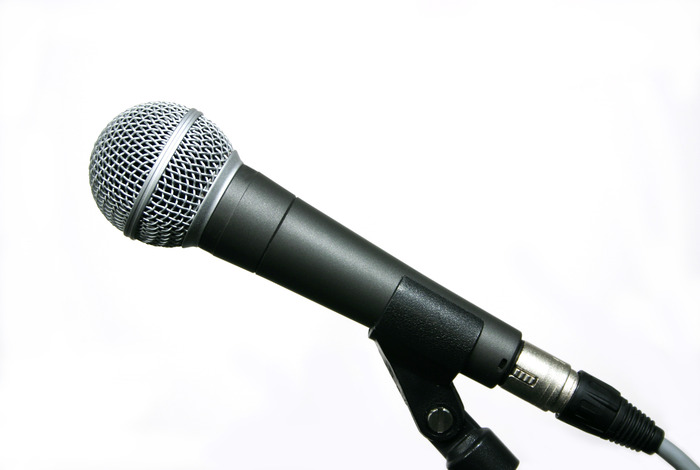
Examples of Dynamic Mics
- Shure SM57 and SM58: Popular choices for miking instruments and vocals.
- Electro-Voice RE20: Often used for broadcast and podcast recording.
Moving Ribbon Dynamic Mics
Another type of dynamic microphone is the moving ribbon design. Instead of a moving coil attached to a diaphragm, these mics use a thin metal ribbon hung between two magnets. When sound waves move the ribbon inside the magnetic field, it creates an electrical signal. This results in a smooth, warm sound with less high-frequency response.
How Condenser Microphones Work
Condenser microphones, also called capacitor mics, work differently than dynamic mics. The main part of a condenser mic is a thin, electrically-charged diaphragm (or capsule) placed very close to a solid metal backplate. Together, the diaphragm and backplate act like a capacitor. When sound waves hit the diaphragm, it vibrates, changing the capacitance between the diaphragm and backplate. This creates an electrical signal, which is then made stronger by a built-in preamp before being sent to the main preamp or mixer. Condenser mics are known for being very sensitive and able to capture small details and subtleties in sound. They’re very good at capturing delicate high frequencies and quick transient sounds, making them a popular choice for recording acoustic instruments, vocals, and room ambience. However, this sensitivity also means that condenser mics need phantom power to work.
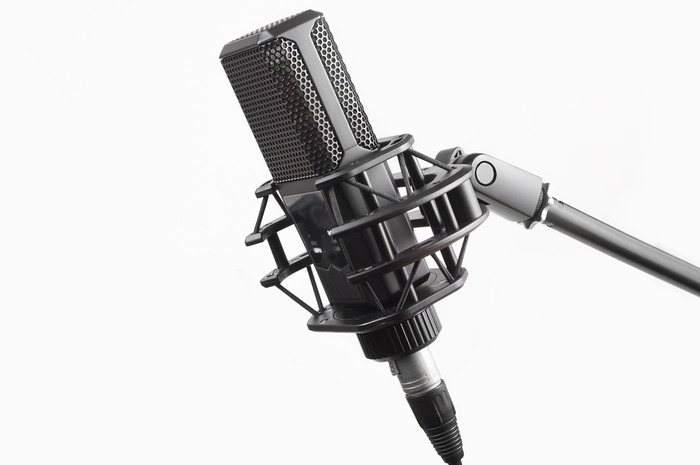
Examples of Condenser Mics
- Neumann U87: A studio standard for vocal and drum overhead recording.
- AKG C414: A versatile large-diaphragm condenser used for many different applications.
- Neumann KM184: Often used for recording acoustic instruments and as matched pairs for drum overheads.
Tube Condenser Mics and Electret Condenser Mics
There are two special types of condenser mics: tube condensers and electret condensers:
- Tube condenser mics use a vacuum tube for amplification, which can give the sound a warm, rich character.
- Electret condenser mics have a permanently charged diaphragm, so they don’t need an external power supply.
Frequency Response Differences
One of the key differences between dynamic and condenser mics is how they respond to different frequencies. Dynamic mics usually have a narrower frequency range, with a strong focus on the midrange frequencies. This makes them well-suited for capturing focused, up-close sources like drums, guitar amps, and vocals. Condenser mics have a wider frequency range and can accurately capture delicate high frequencies and subtle details in the sound. This makes them ideal for recording the full range of acoustic instruments, cymbals, and room ambience.
The size of the diaphragm also affects a condenser mic’s frequency response:
- Large-diaphragm condensers usually have a fuller, stronger low-end response.
- Small-diaphragm condensers are very good at capturing high frequencies and fast transient sounds.
Polar Pattern Options
Another important difference between dynamic and condenser mics is the polar pattern options they offer. A mic’s polar pattern determines how sensitive it is to sounds coming from different directions. Most dynamic mics have a fixed cardioid polar pattern, which means they are most sensitive to sound coming from directly in front of the mic. This helps reduce feedback and focus on the desired sound source. Condenser mics come in a wider range of polar patterns, including cardioid, supercardioid, hypercardioid, omnidirectional, and figure-8. Many condenser mics, especially large-diaphragm models, have multiple switchable polar patterns, which makes them more versatile for different recording situations.
Proximity Effect
The proximity effect is something that happens when a sound source is placed very close to a directional microphone. It causes an increase in bass response. This effect is most noticeable with cardioid and figure-8 polar patterns, and it affects both dynamic and condenser mics. The proximity effect can be used in a creative way to boost the low-end presence of a sound source, like a radio DJ’s voice or a voiceover artist. However, it can also be a problem in some situations, like when miking instruments with a lot of low-end content. To reduce the proximity effect, engineers can use high-pass filters or adjust the mic placement.
Sensitivity and Feedback Rejection
Sensitivity and feedback rejection are two important things to think about when choosing between dynamic and condenser mics, especially for live sound use. Dynamic mics are usually less sensitive than condenser mics, so they need more gain from the preamp to get the same output level. But this lower sensitivity also means dynamic mics are better at rejecting background noise and reducing feedback on loud stages. Condenser mics, with their higher sensitivity, are more likely to pick up unwanted sounds and are more prone to feedback in live situations. This can be helped by careful mic placement, using polar patterns with tighter pickup angles, and using low-cut filters and EQ.
Durability and Reliability
When it comes to toughness and reliability, dynamic mics have a clear advantage over condenser mics. The simple, rugged build of dynamic mics makes them resistant to physical damage, moisture, and temperature changes, which makes them ideal for live performances. Condenser mics, with their more complex internal parts and sensitive diaphragms, are more fragile and need to be handled with more care. They are also more affected by humidity and temperature changes, which can impact their performance and lifespan. To make sure condenser mics last a long time, it’s important to take good care of them. This includes using protective cases for storage and transportation, letting the mic adjust to the room temperature before using it, and using a pop filter to protect the diaphragm.
Price: Dynamic Mics vs. Condenser Mics
When it comes to price, dynamic mics are usually more affordable than condenser mics. Good quality dynamic mics like the Shure SM57 and SM58 can be bought for around $100, making them accessible to many users. Condenser mics, especially large-diaphragm models, tend to be more expensive because of their complex design and high-quality parts. Professional studio condenser mics like the Neumann U87 can cost several thousand dollars. However, there are also many affordable condenser mic options available, especially in the small-diaphragm and pencil mic categories.
Typical Applications
Dynamic and condenser mics each have their strengths and are suited for different uses:
Dynamic Mics
- Live vocals
- Snare drum and tom-toms
- Guitar and bass amplifiers
- Podcasting and broadcasting
- Outdoor recording and field work
Condenser Mics
- Studio vocals
- Acoustic guitar and piano
- Drum overheads and room mics
- String and wind instruments
- Film and television sound
- Foley and sound effects recording
These are just general guidelines, and there are many exceptions and creative uses for both types of mics. Try different mics on various sources to find what works best for your specific needs.
Using Dynamic and Condenser Mics Together
While dynamic and condenser mics each have their strengths, using them together can often give the best results. By combining the unique qualities of each mic type, you can capture a full, balanced sound that highlights the best parts of the source. For example:
- When miking a guitar cabinet, you might use a Shure SM57 dynamic mic to capture the focused midrange punch of the speaker, while also placing a condenser mic like the AKG C414 a bit further back to capture the wider frequency range and room ambience.
- When recording a drum kit, you might use a dynamic mic like the AKG D112 or Shure Beta 52 on the kick drum to capture the tight, low-end thump, while using small-diaphragm condenser mics as overheads to capture the clarity and brightness of the cymbals.
Choosing the Right Mic
With so many microphone options available, choosing the right mic for a specific situation can be overwhelming. Here are a few key things to think about when deciding between a dynamic or condenser mic:
- Sound source: Think about the characteristics of the instrument or voice you’ll be recording. Dynamic mics are often better for loud sources and focused, direct sounds, while condenser mics are great at capturing detail and nuance.
- Recording environment: Consider the acoustic space and potential for unwanted noise. Dynamic mics are better at rejecting background noise and reducing feedback in untreated rooms or live settings.
- Desired tone: Think about the tonal character you want to achieve. Dynamic mics often have a more pronounced midrange emphasis, while condenser mics offer a more balanced, full-range response.
- Budget: Consider your available budget and long-term needs. Dynamic mics are generally more affordable and can be a good choice for those starting out, while condenser mics may require a bigger investment but offer more flexibility and room for growth.
In the end, the best way to find the right mic is to experiment with different options and trust your ears. Don’t be afraid to try unusual techniques or unexpected mic choices – sometimes breaking the rules can lead to unique and interesting sounds.
Myths and Misconceptions
There are several common myths and misconceptions about dynamic and condenser mics. Let’s clear up a few of them:
- “Condenser mics are always better than dynamic mics.” While condenser mics are often the preferred choice for studio recording, dynamic mics can be just as valuable in the right context. The “best” mic for a given situation depends on the specific needs of the project.
- “Dynamic mics can’t capture high frequencies.” While dynamic mics may have a more limited high-frequency response compared to condenser mics, they are still able to capture a wide range of frequencies. Many dynamic mics are designed to emphasize the key frequency ranges of specific instruments or voices.
- “Condenser mics are too sensitive for live use.” While condenser mics are more sensitive than dynamic mics, they can still be used effectively in live settings with proper mic placement and gain staging. Many high-end live sound systems rely on condenser mics for their superior clarity and detail.

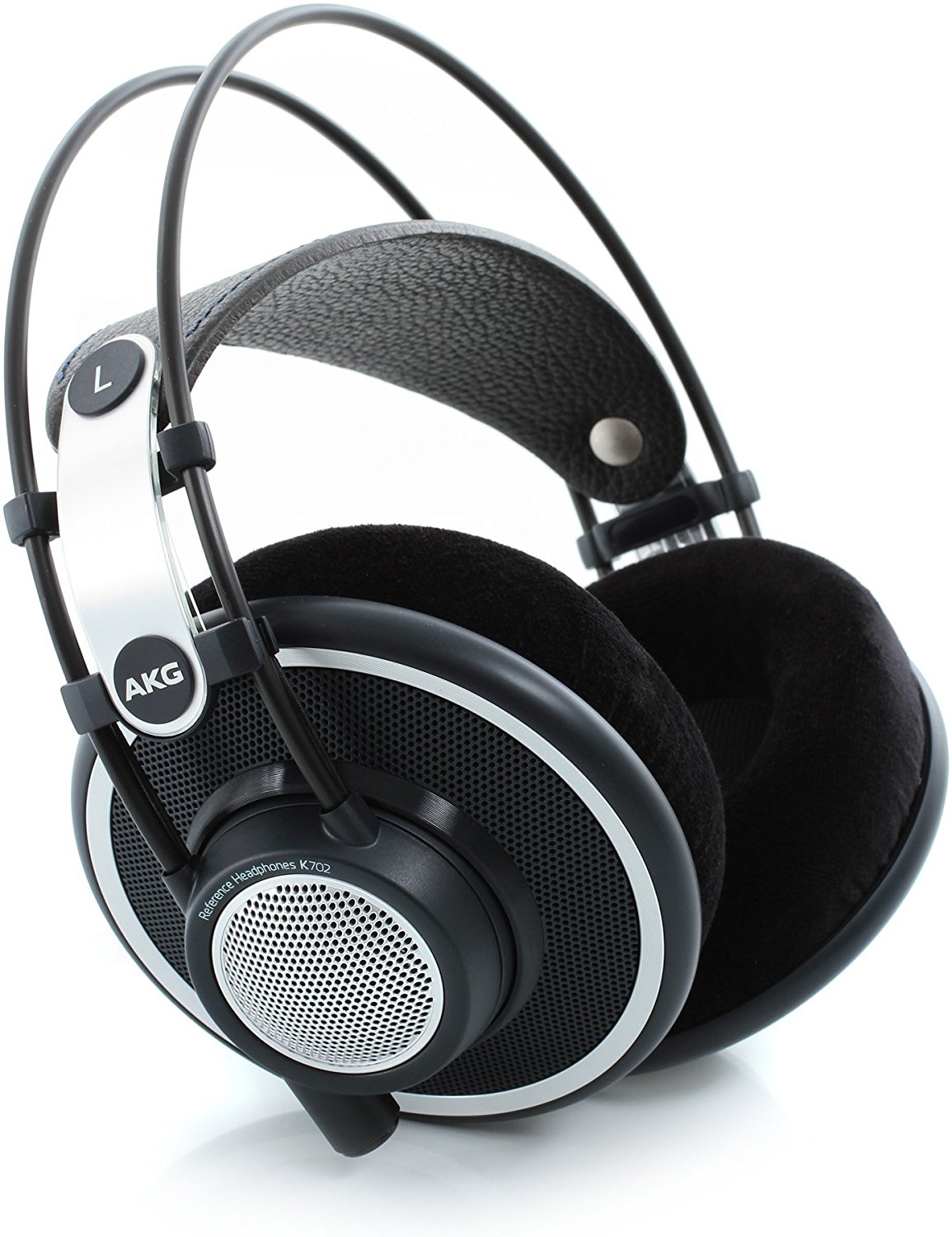
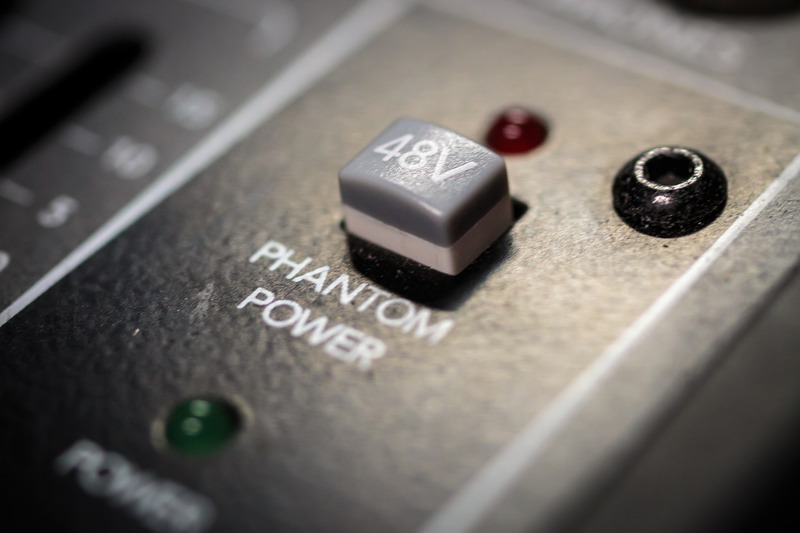
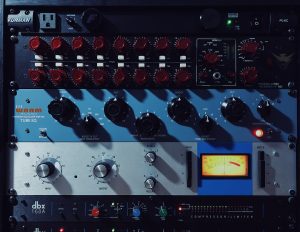
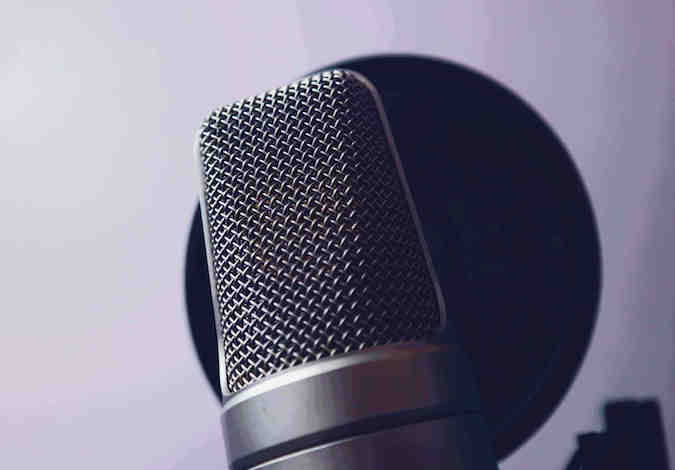
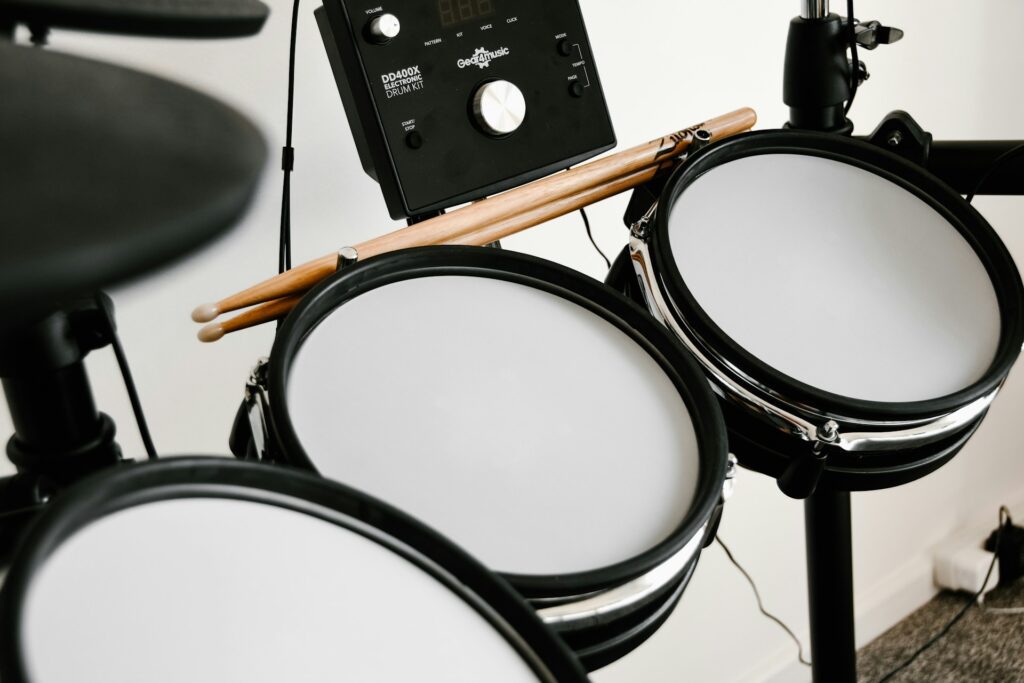
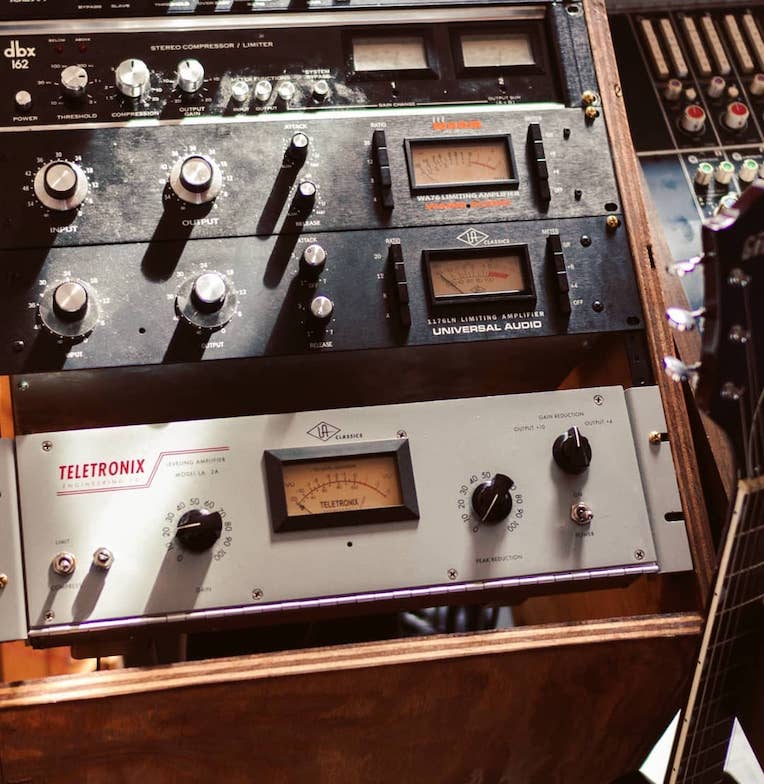
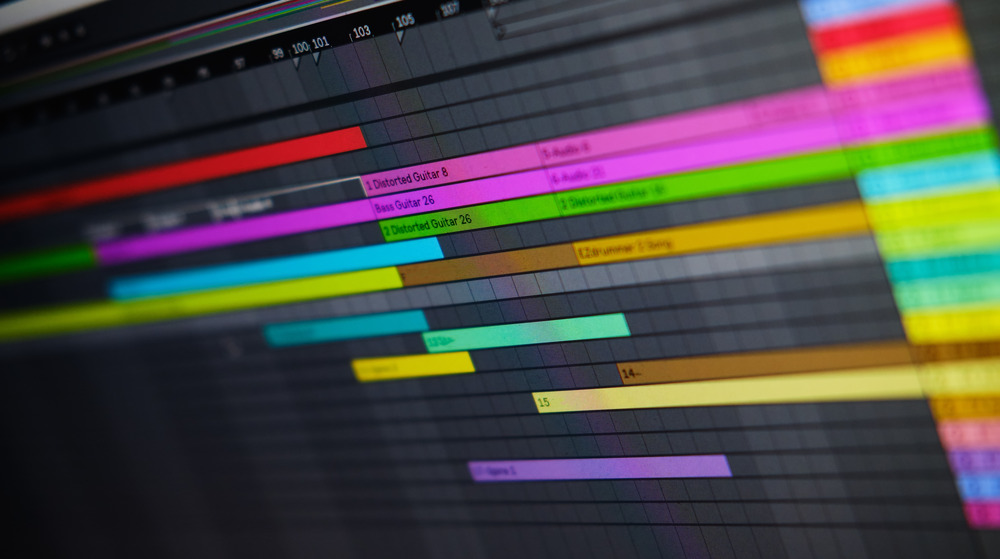
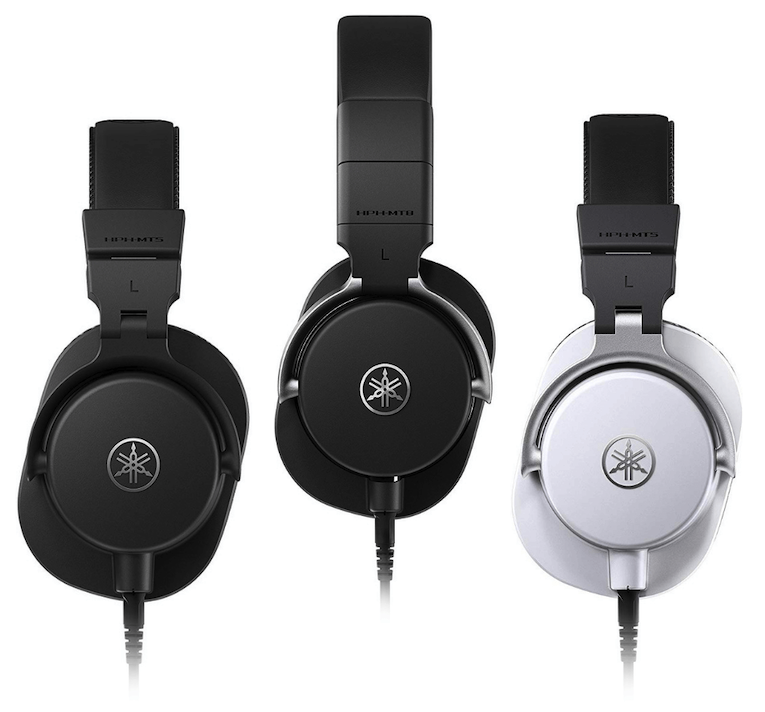












[…] Condenser microphones benefit the most from phantom power. These microphones have a thin, electrically charged diaphragm (capsule) that moves when sound hits it. […]
Awesome writeup. Keep this spped up. Love it.